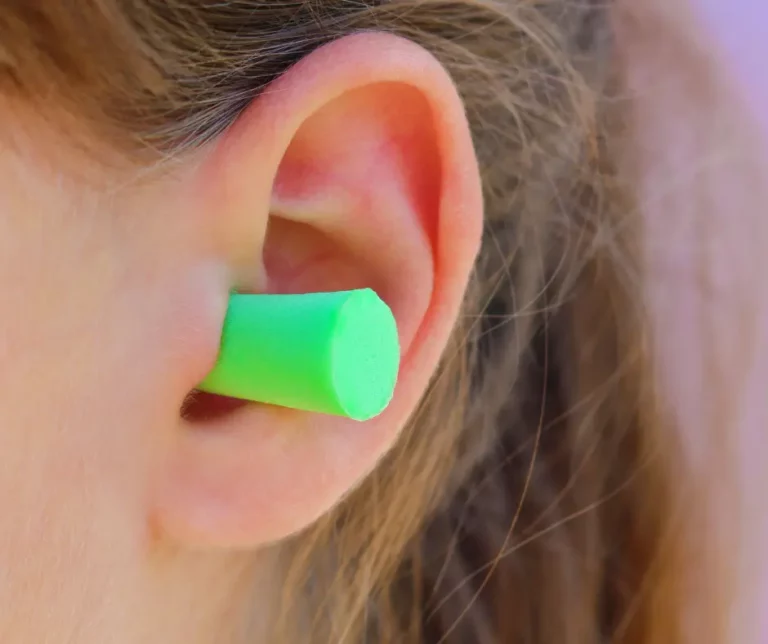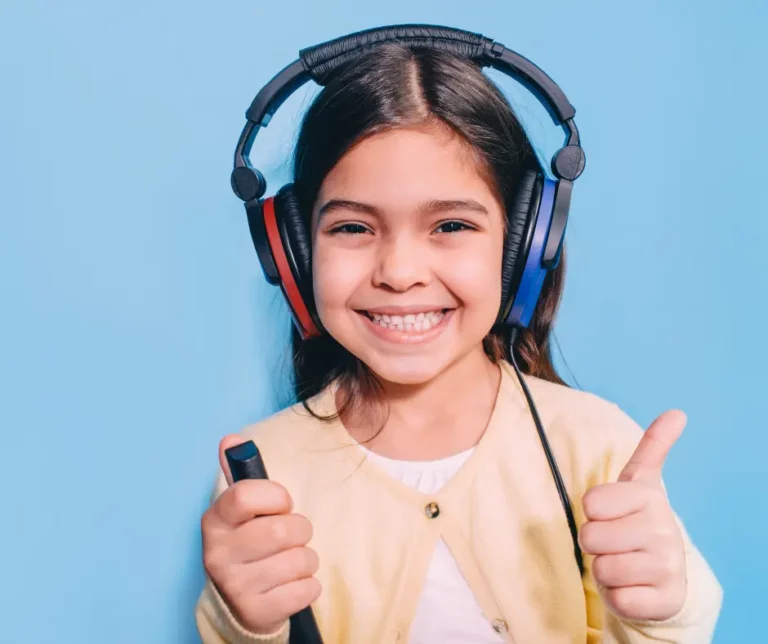Noise and Kids: The Importance of Hearing Protection

Sound is one of the first senses we engage with as we enter the world. Ensuring optimal auditory health for your child isn’t just a well-phrased recommendation; it’s an imperative duty for every parent. Adopting the right preventative measures and knowing when and how to intervene can shield a child from potential hearing complications. In this article, we’ll explore the leading causes of hearing loss and hearing protection for children.
Key Triggers for Hearing Impairment in Children
The world of sound plays a pivotal role in a child’s development, particularly in fostering speech and language acquisition. However, some children face challenges in this realm due to hearing impairments. While specific causes are congenital, others develop as the child grows.
- Genetic Predisposition: Certain genetic factors or family histories can predispose a child to have hearing issues.
- Infections: Recurring ear infections can damage the intricate structures within the ear, leading to hearing challenges.
- Noise Exposure: In today’s digital age, young individuals are often exposed to amplified sounds, from loud toys to blaring music. This prolonged exposure has led to a rise in noise-induced hearing loss among children.
- Physical Trauma: Injuries, particularly head injuries, can detrimentally affect the auditory nerve.
- Medication and Prenatal Exposure: Some medicines, especially if ingested during prenatal stages, can hamper auditory development. Furthermore, infections like cytomegalovirus or rubella during pregnancy can pose risks.
Deciphering the Type of Hearing Loss
Understanding the nature of the hearing loss can guide effective interventions:
- Sensorineural Hearing Loss: This is a permanent hearing impairment caused by issues within the inner ear or the auditory nerve.
- Conductive Hearing Loss: Caused by obstructions within the ear, like fluid accumulation or earwax. This form is often reversible with medical treatment.
Explore different hearing loss types for a more in-depth understanding.
Empowering Children with Proper Hearing Protection
In our bustling world, children’s auditory health is a top priority. The surroundings they explore and the activities they engage in can expose them to a myriad of noise levels. As guardians, we must shield them from potential auditory risks.
Identifying High-Risk Auditory Environments
Before implementing protective measures, it’s crucial to recognize the situations that might threaten a child’s hearing:
- Entertainment & Events: Activities such as movies, fireworks displays, concerts, and sporting events can have elevated noise levels.
- Transport & Recreational Activities: Riding dirt bikes, ATVs, snowmobiles, motorcycles, airplanes, or tractors poses auditory threats due to engine and movement noises.
- Musical Engagements: Playing instruments in bands or orchestras can expose children to sustained loud sounds.
- Shooting Sports: The intensity of a gunshot, comparable to a jet engine’s roar, can cause instantaneous and irreversible hearing damage.
Strategies to Protect Your Child’s Hearing
Recognizing the risks is the first step. Here are tailored measures to protect children’s ears:
- Model Auditory Care: Lead by example; maintain comfortable listening levels and avoid noisy environments.
- Choose Age-Appropriate Protectors: Child-friendly earmuffs, especially adjustable ones, are often more comfortable and practical for kids.
- Set Boundaries: Limit the duration your child spends in noisy environments.
- Opt for Safe Listening Devices: Opt for noise-isolating or volume-limiting headphones for personal devices. While noise-canceling headphones reduce background noise, continuously monitor volume levels for safety.
- Maintain Regular Auditory Assessments: Early detection of potential issues through regular hearing checks can be pivotal.
- Link Hearing and Learning: Educate children about the relationship between sound and learning milestones, like the connection between hearing acuity and first-grade reading skills.

Selecting the Optimal Hearing Protection for Children
When choosing a protector, comfort, fit, and effectiveness are paramount.
- Earplugs: These are compact devices inserted into the ear canal. They vary in design and material:
- Formable Foam Earplugs: Soft foam-based plugs that adjust to the ear’s shape.
- Pre-molded Earplugs: Available in various sizes and materials, some variants, like the high-fidelity ones, offer uniform sound reduction.
- Canal Caps: Earplugs anchored with a stiff band to keep them in place.
- Earmuffs: Padded cups that envelop the ears, linked by a headband.
- Fit is Key: The seal between the earmuff and the ear must be secure. Children with glasses or specific hairstyles might need a fit check to ensure no gaps exist.
Combining earplugs with earmuffs can provide added protection in exceptionally noisy settings, like shooting events. Ultimately, the most effective hearing protector is one that a child willingly wears consistently.
Understand more about protecting your hearing.
Reading the Signs of Hearing Challenges
A proactive approach is paramount in managing and treating hearing issues. Caregivers must pay attention to the subtle and overt signs of hearing challenges in their children:
- Tinnitus: A consistent ringing or buzzing in the ears.
- Hearing Clarity: Temporary muffled sounds post-exposure to loud noises.
- Discomfort: A sense of fullness or ear pain after exposure to amplified sounds.
- Speech and Comprehension Difficulties: Struggling to understand conversations or articulate words clearly.
- Behavioral Indicators: If a child seems distant, unresponsive to familiar sounds, or displays changes in behavior, it could hint at a hearing issue.

Committing to Your Child’s Auditory Well-being with Stanford Hearing
Your child’s ability to hear and engage with the world is invaluable. It lays the foundation for their growth, communication, and overall development. At Stanford Hearing, we are committed to supporting you in this journey. Our team of professionals is ready to provide insights, diagnostics, and solutions tailored to your child’s auditory needs. We’re here to assist if you harbor any concerns regarding your child’s hearing. Prioritize their hearing health today for a sound tomorrow. Contact Stanford Hearing for an appointment today!
